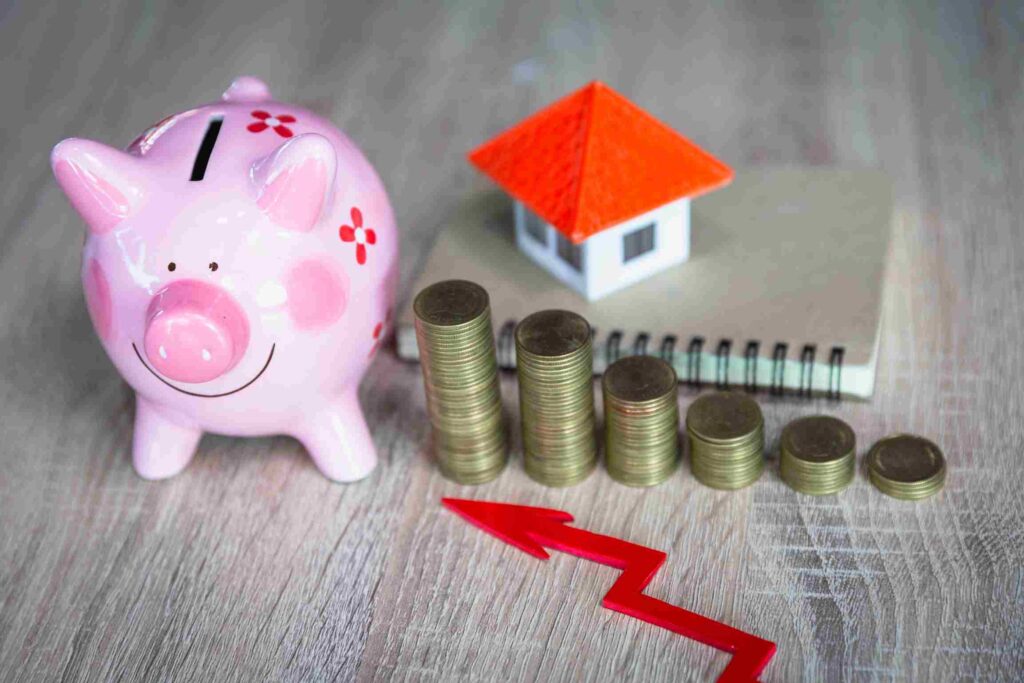
As a landlord, achieving as high a rental yield as possible is crucial for ensuring a profitable and sustainable buy-to-let investment. In the evolving and unpredictable UK property market of 2024, covering the costs of repairs, maintenance and mortgage payments is high on every landlord’s list.
Establishing a sustainable and adequate rental yield is essential to stay ahead of the curve and adopt strategies that not only attract tenants but also increase your returns.
Given that 2024 has already seen the emergence of new legislation and statutory tax changes for landlords, there may be no better time than now to review and reassess your buy-to-let rental yield strategy.
While landlords may be constrained by factors out of their control, such as higher-than-average interest rates and inflation, dwindling tenant demand, and competitive rent prices, it is a careful balancing act to establish the right value to ensure they are not left in the red or completely out of pocket. With that in mind, it is worth considering various strategies and investments to help landlords boost rental yields and profits while minimising outgoings.
Understand the Impact of the Renters Reform Bill
The Renters Reform Bill, a significant piece of legislation proposed by the UK government, aims to provide greater protection for tenants and bring about changes in the private rented sector. The bill is notable for its proposition to scrap Section 21 notices, introduces new grounds for eviction for landlords who want to sell their properties or move back in, and establish new guidelines for landlords to let properties to tenants that meet certain criteria.
This piece of legislation has been continuously delayed and has currently not yet finished its passage through Parliament. It remains to be seen whether this will happen before the next general election (which must take place by January 2025). While this bill remains in a state of limbo, landlords need to stay abreast about the potential impact this could have on their rental yields.
For starters, under the bill’s current iteration, rent increases will be limited to once per year and will impose restrictions on how soon landlords can notify tenants of any rent changes. With the proposed abolition of Section 21, landlords will only be able to terminate tenancies using the new Section 8 rule, and tenants can give two months’ notice to terminate agreements. As such, landlords will have to make contingency plans if no replacement tenants are found, meaning they may be facing a cash flow shortage.
EPC Upgrades to Consider
The topic of EPC ratings has been somewhat hazy and confusing in recent years. The UK Government had planned to implement new energy-efficiency targets for landlords in England and Wales. These proposals required rental properties to have an EPC rating of C or higher for new tenancies starting from 2025, with the same requirement extending to existing tenancies by 2028. However, in September 2023, the prime minister declared that these plans would no longer proceed.
There does remain an option to assess the EPC rating of a property if landlords are considering making some upgrades that will improve its energy-efficiency. In general, solutions like solar panels, heat pumps, and other eco-friendly options are suggested. Some landlords can, luckily, apply for supplemented home upgrades through the ECO4 Scheme, which can make cash flow easier to maintain.
Making properties ‘greener’ can be more attractive to potential tenants, however, it is not as black-and-white as justifying rent increases just because homes are more eco-friendly. There are other strategies worth considering increasing rental yields in the short term, but EPC upgrades, along with the evolving Renters Reform Bill, are worth paying close attention to.
So, what are the most practical, immediate ways to increase rental yields for your property?
Implement Strategic Property Upgrades
Improving rental yield can be as simple as furnishing your property, and investing in property upgrades, renovations, decorations, and refurbishments. Bringing a dated and tired-looking house into the modern age is an effective way to appeal to tenants and justify slightly higher rents.
Here are some upgrades to consider:
1. Adding Bedrooms or Bathrooms
Increasing the number of bedrooms or bathrooms in your rental property can significantly boost its value and appeal to larger households or tenants seeking more space.
2. Energy-Efficient Enhancements
Investing in energy-efficient upgrades, such as double-glazed windows, insulation, solar panels, and modern heating and cooling systems, can not only reduce utility costs for tenants but also increase the property’s value and desirability. Many tenants are more eco-conscious these days and may be willing to pay a premium for these features, thus improving your rental yield.
3. Smart Home Technology
Incorporating smart home technology, such as automated lighting, temperature control, and security systems, can make your rental property more attractive to tech-savvy tenants.
4. Storage and Parking Solutions
Providing ample storage space, such as built-in wardrobes or basement storage areas, as well as secure parking and attractive-looking GRP garage doors, can be highly valued by tenants. As such, you may be able to increase rents for the privilege.
5. Giving Homes a Decorative Makeover
It should go without saying that revitalising a home’s interior can make it more appealing in both property listings and tenant experiences. Equipping a home with trendy and aesthetically pleasing materials from terracotta tiles and natural stone flooring to resin kitchen worktops and fitted bedroom wardrobes can revamp its appearance and offer tenants a practical, cosy, and comfortable home to live in for years to come. The upfront cost of renovations, extensions or refurbishments can yield positive long-term returns in rents.
Optimise Rental Pricing and Occupancy Rates
Maximising your rental yield is not just about charging higher rents; it is also about making sure the property is not consistently vacant. As such, it is always worth conducting local rental market research, examining trends, comparable property prices, and tenant preferences to ensure your pricing is competitive and attractive.
Many tenants have pets these days, and by allowing them in your rental property, you could tap into a larger pool of prospective renters and potentially charge a small premium. Additionally, by being responsive, proactive, and timely in your estate agent and tenant communications, you can bilaterally improve your retention and satisfaction rates, thus reducing costly turnovers and vacancies.
Consider Professional Property Management Software
Most landlords know that managing rental properties can be equal parts rewarding and challenging. Leveraging the services of a professional property management solution like Landlord Vision can provide numerous advantages that ultimately contribute to improving rental yields across your entire portfolio.
Landlord Vision has built-in accounting features for buy-to-let properties to give landlords complete visibility over incomings, outgoings, assets, and liabilities. The software allows users to split ownership and apportion it easily in tax reports, access up-to-date documents with eSignature functionality, and manage loans and mortgage repayments with complete oversight.
Automatic reminders, early deadline warnings, expired or expiring tenancies or certificates, payments and documents are all consolidated and centralised in an easy-to-use platform. Therefore, if you are struggling to keep on top of all your buy-to-let responsibilities, finding an innovative solution like Landlord Vision can help you regain control of all your accounts and income.
Improving your rental yield as a landlord requires a multifaceted and methodical strategy. From property upgrades and market research to maintaining transparency and consistent communication with tenants, these can all be instrumental in helping foster long-term cost savings and returns. Ultimately, however, leveraging innovative and user-friendly property management software can help you immediately get a handle on your current position and whether any other adjustments can be made.
By staying informed about forthcoming legislative changes and adapting your strategies accordingly, you can safely and successfully navigate a fluctuating rental market while maximising the return on your investment over time.



